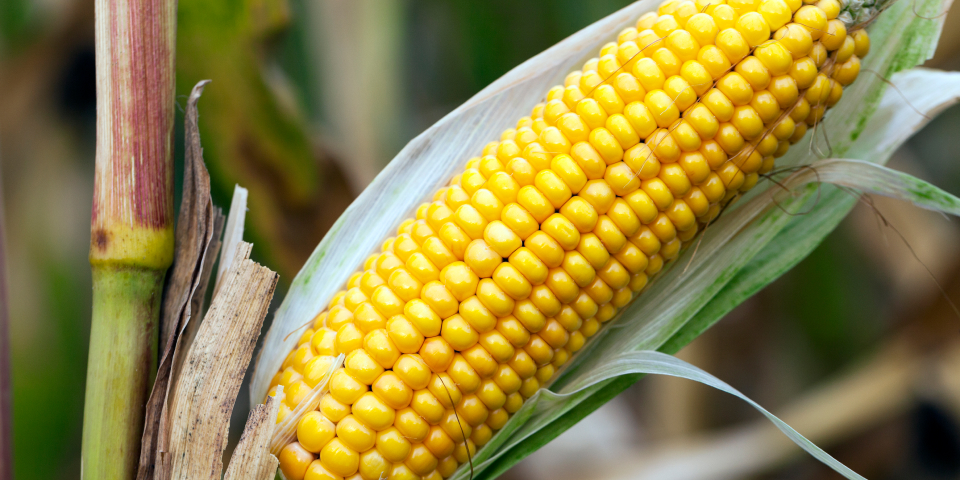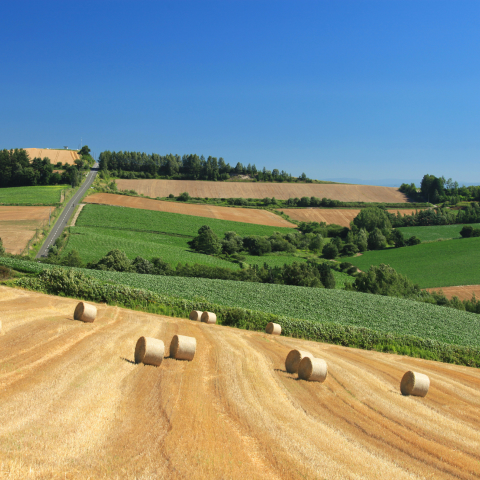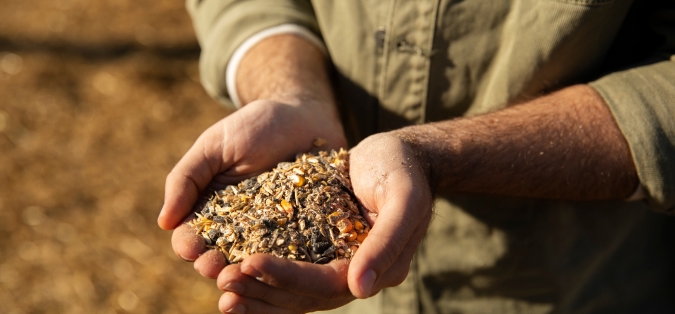Nasiona i mieszanki
traw dla rolnictwa i ogrodnictwa
Oferujemy materiał siewny w sprzedaży hurtowej i detalicznej, w szczególności mieszanek traw. Pomagamy skomponować własną mieszankę traw łąkowych i dzielimy się doświadczeniem w uprawie traw. Współpracujemy z największymi producentami rolnymi w Polsce oraz z wieloma podmiotami zagranicznymi. Innowacyjne rozwiązania i zespół doświadczonych fachowców gwarantują otrzymanie nasion najwyższej jakości. Możemy spełnić wasze indywidualne potrzeby i doradzić najlepsze rozwiązania.

Mieszanki traw
Odpowiednio dobrane gatunki gwarantują uzyskanie wartościowej paszy oraz przeciwdziałają degradacji gleby.
Pozostałe nasiona rolnicze
Sposób na efektywne użytkowanie terenów i uzyskanie dużych plonów świetnej jakości.
Nasione elologiczne
Mamy w ofercie nasiona z certyfikatem ekologicznym dla gospodarstw ekologicznych.
Kontraktacja
naszych nasion
Kontraktacja świetnie się sprawdza – Państwo jako producent rolny otrzymujecie od nas wysokiej jakości materiał siewny, a my zgodnie z umową w odpowiednim terminie odbieramy plony. Kontraktacja może być odpowiedzią na wiele Państwa potrzeb. Z nami mają Państwo pewność, że współpraca przebiegnie na równorzędnych i partnerskich warunkach.

98%
klientów poleca
nasze usługi

16
Lat doświadczenia
jako CN Pietrzak
10k
metrów kwadrat. powierzchni magazynowych

Dlaczego warto nam zaufać?
Od 2008 roku jako Centrala Nasienna Pietrzak zajmujemy się produkcją specjalistycznych mieszanek traw opracowanych zgodnie z wymogami Państwowej Inspekcji Ochrony Roślin i Nasiennictwa. Sukces budujemy na indywidualnym podejściu do każdego klienta oraz jakości oferowanych produktów.
Mieszanki nasion nie mają przed nami tajemnic. Należymy do Polskiej Izby Nasiennej i aktywnie uczestniczymy w życiu branży. Dzięki temu potrafimy dostosować się do aktualnych potrzeb rynku.
Stawiamy na jakość produktów i kompetentny zespół -- by mogli Państwo się o tym przekonać, zapraszamy do kontaktu. Konkurencyjne ceny i elastyczne warunki współpracy dodajemy w gratisie.
Nasze cele:
promowanie kwalifikowanego materiału siewnego
wspieranie ekologicznego rolnictwa
profesjonalne doradztwo poparte doświadczeniem
Współpraca
z CN Pietrzak

Przetwarzanie nasion i laboratorium
Mamy nowoczesny sprzęt: sortowniki optyczne, linie do czyszczenia nasion, linie ważąco-pakujące oraz suszarnię. Dysponujemy magazynami o powierzchni 10 tysięcy metrów kwadratowych. Produkujemy, oczyszczamy i przechowujemy nasiona pod nadzorem WIORiN (Państwowa Inspekcja Ochrony Roślin i Nasiennictwa). Mamy certyfikat ekologiczny. Posiadamy własne laboratorium, staramy się o jego akredytację.

Produkcja nasion
Zawieramy długoterminowe kontrakty multiplikacyjne, czyli nie umawiamy się na konkretną ilość nasion, tylko kontraktujemy liczbę hektarów, na których wysiejemy dany gatunek i odmianę. Nasiona mogą być nasze (mamy własne odmiany) lub dostarczone przez was. Co roku wysiewamy ponad 10 tysięcy hektarów.
Z przyjemnością odpowiemy
na dodatkowe pytania oraz nakreślimy możliwości i warunki współpracy.
Już dziś zadzwoń tel. +48 515 275 989 lub napisz biuro@cnpietrzak.pl